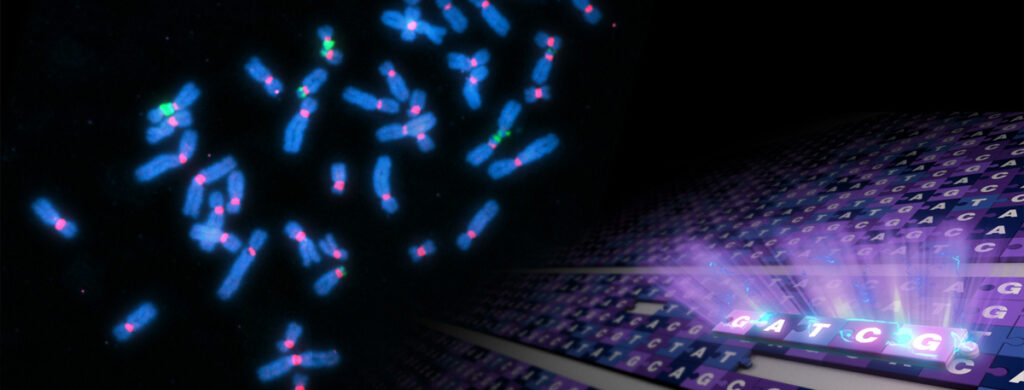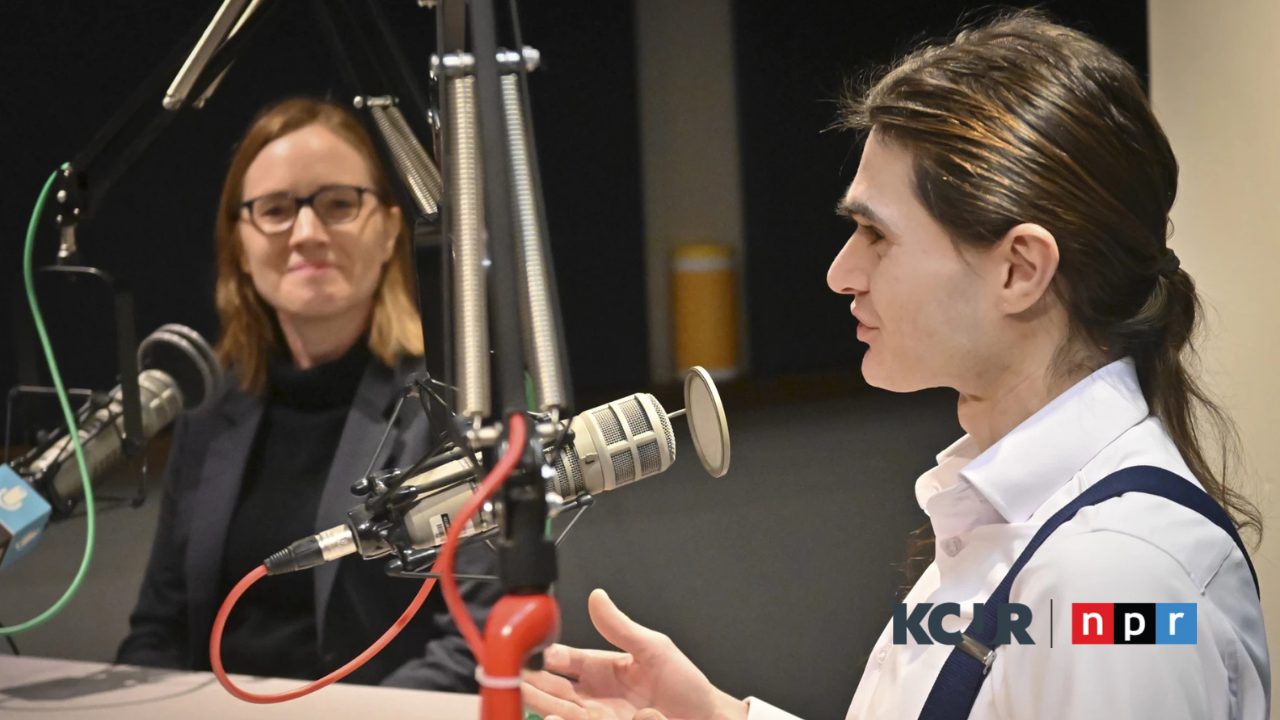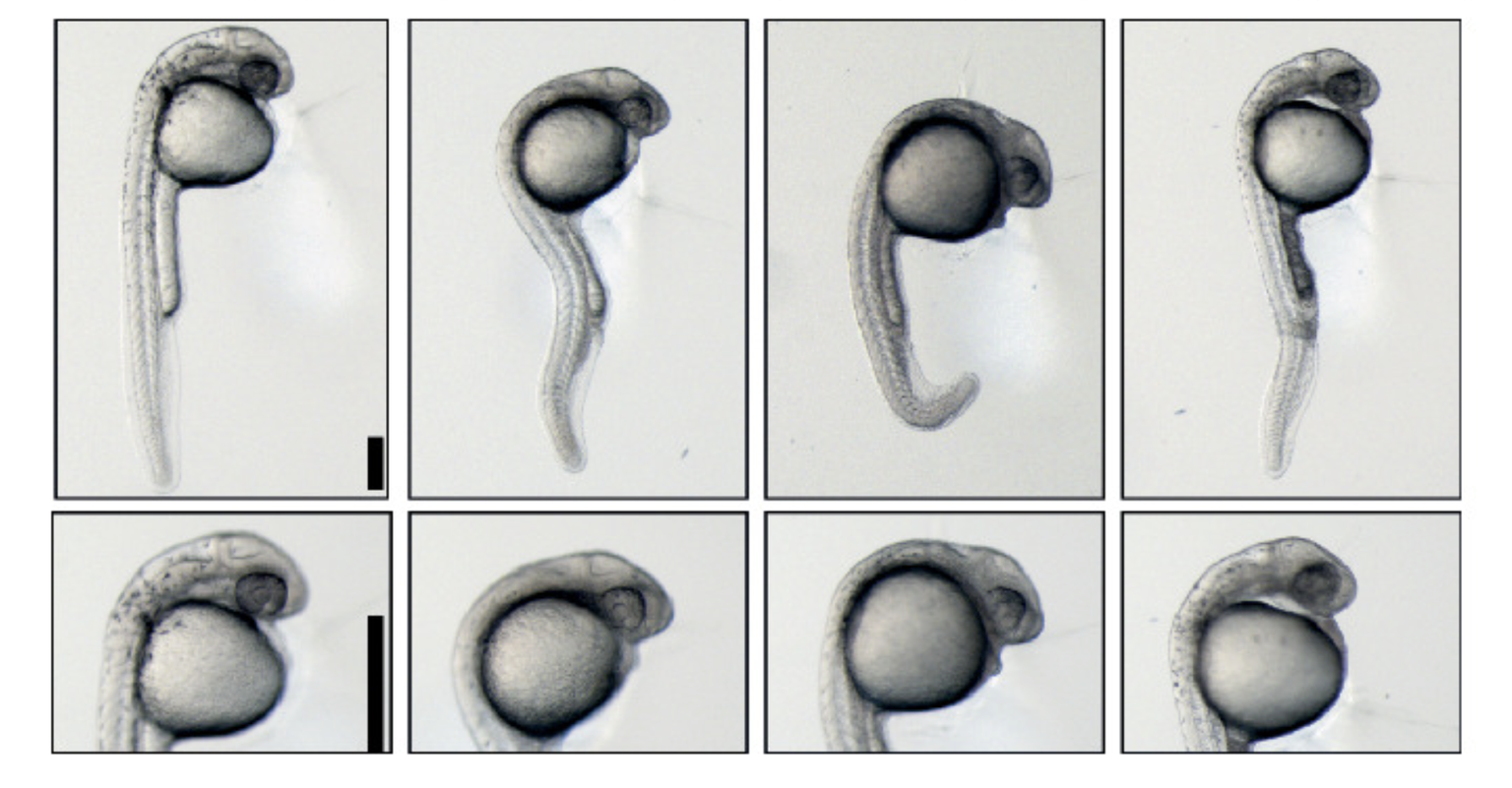“Our group is eclectic,” said Borchers. “It’s a bunch of people with
computational backgrounds in different bioscience fields. We spend less
time processing data and more time developing the approaches and methods
to address the questions that need answering for projects that are
computational in nature.”
During his internship, Borchers developed a computational method to
estimate the size of human centromeres, which he brought to the T2T
project.
“We compared the newly-assembled centromeric sequences from the X
chromosome of the CHM13 cell line with those from the 1000 Genomes
Project, which had samples from different individuals from all over the
world, to see how CHM13 compared to a more diverse representation of
centromere sequences,” said Borchers.
Consistent with previous research, they found substantial size
variation in centromeres between individuals with different geographic
ancestry. The researchers published their work in a third Science paper,
led by Nick Altemose, PhD, and Miga, reporting the characterization of
the genetic and epigenetic landscape of human centromeres.
Productive during the pandemic
Initial efforts from the T2T consortium resulted in the complete
assembly of chromosomes X and 8, coauthored by Stowers researchers and
published in 2020 and 2021 in Nature. It has since grown into a team of about 100 talented individuals, mostly computational biologists.
“In twenty years from now, when we look back on this human genome
project 2.0, it will become clear that it really happened during the
pandemic,” reflected Gerton.
Gerton, Potapova, and Gomes de Lima all gave credit to Miga and Phillippy, the two co-leaders of the T2T consortium.
“They established some ground rules early on about how they wanted
the consortium to work. It’s a public good we are generating, and they
really want people to be collaborative and work together,” said Gerton.
“The pandemic forced our consortium to go fully virtual in the summer
of 2020, but this actually increased our interactions,” said Phillippy.
Suddenly we could bring together the world’s top experts on an almost
daily basis, which broadened participation and accelerated our progress.
If I had a question about the chromosome structure of the CHM13 cell
line, I could just message the Gerton lab and have an answer in real
time."
Gomes de Lima was impressed by how Miga and Phillippy could keep
track of every paper and idea being developed. “They are an amazing task
force,” he said.
Potapova agreed. “There is a high degree of collegiality, mutual
respect, and friendliness between members of the consortium, which makes
me want to contribute more. Jennifer is really good at this, but so are
the other T2T leaders. We have colleagues involved in this at all
levels—from well-established investigators to graduate students. No
single individual gets more respect than another. As the consortium
grows, I hope this continues.”
“The next phase for us and the whole T2T consortium is the human
pan-genome project. We have learned all these skills and peered into the
dark matter of a single genome,” said Gerton. “Now, can we apply that
to dozens more genomes?”
“One genome is not very representative of all humans. In my lab, and
in the broader consortium, what that means is, we’re going to be taking a
deeper dive into the dark matter across a geographically diverse panel
of cell lines. We want to understand the diversity of the human genome.
That’s the big picture. This sequence enables the discovery process to
begin, so we can build a foundation for understanding genetic
underpinnings of health and disease.”
Related content
Completing the human genome – FAQ
Telomere-to-Telomere - Multimedia educational resources and links to all six Science articles
Telomere-to-Telomere consortium website
Researchers generate the first complete, gapless sequence of a human genome - National Human Genome Research Institute
First complete, gapless sequence of a human genome reveals hidden regions- University of California, Santa Cruz
Completing the Human Genome Sequence (Again) - Scientific American
Most complete human genome yet reveals previously indecipherable DNA - Science
Human blueprint breakthrough: Scientists publish ‘gapless’ human genome - Washington Post
Complete Human Genome Deciphered for the First Time - Howard Hughes Medical Institute
Scientists Finish the Human Genome at Last - New York Times





